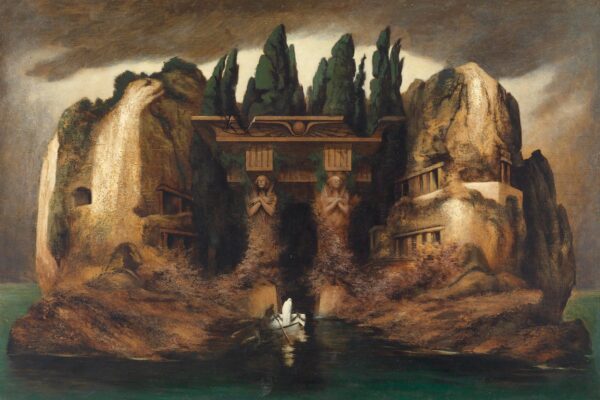1. Just a three-storey 7th Century Cave
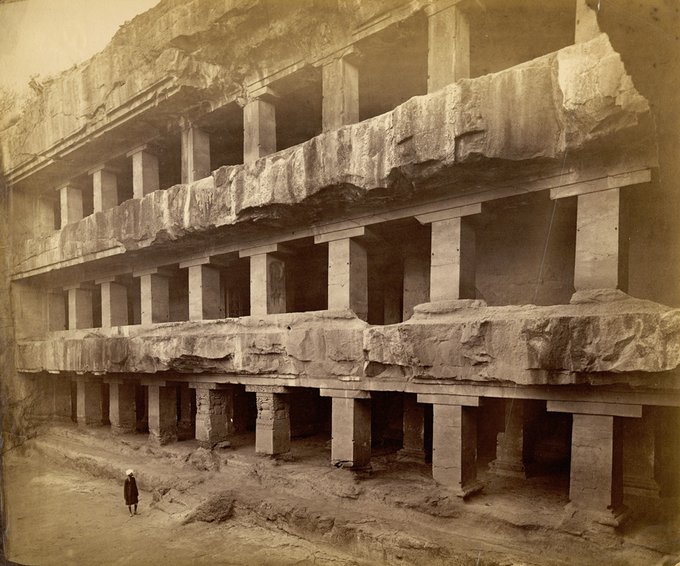
In Maharashtra, India, the Ellora Caves is one of the largest rock-cut monastery-temple cave complexes in the world, and a UNESCO World Heritage Site, featuring Buddhist, Hindu and Jain monuments, and artwork, dating from the 600-1000 CE period. There are over 100 caves at the site, all excavated from the basalt cliffs in the Charanandri Hills, 34 of which are open to public
Found on the British Library.
2. People Have Been Saying “Ax” Instead of “Ask” for 1,200 Years
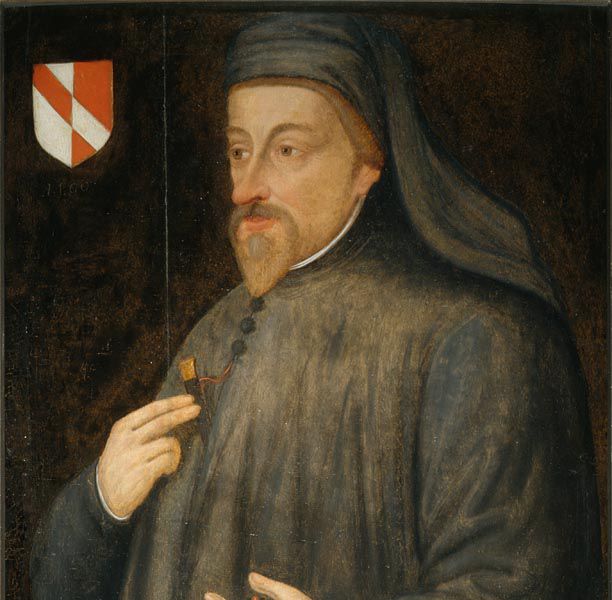
“Ax” for “ask” isn’t wrong, it’s just different. Geoffrey Chaucer (pictured above) the “Father of English Literature,” for example, said “ax.” It’s even in the first complete English translation of the Bible from 1535.
Found on The Smithsonian.
3. The Story behind these Paintings (yes, paintings)
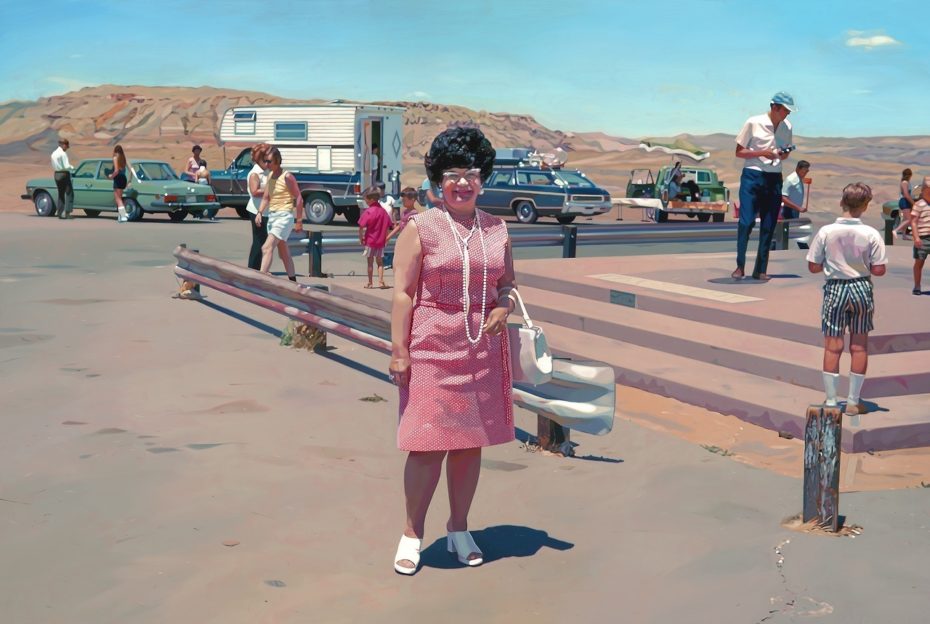


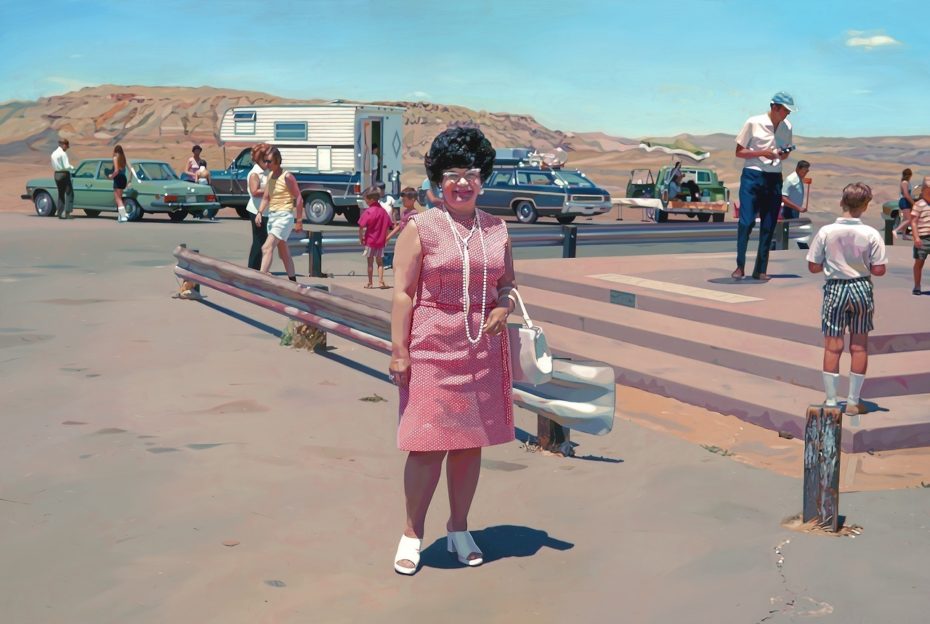

“Near the end of 2014, I purchased a few amateur slide on ebay, the main subjects of which were one amazing woman with jet balck hair, mod dresses, and a wonderful smile…and her husband, a handsome man with a wonderful smile of his own. I inquired with the seller for more info about the slides, and was only told they came from a very large collection, which she had purchased at an estate sale in Indiana.” – painter Robert Townsend.
Discover the story…
4. Before the fedora became synonymous with mobsters, it was first used as a symbol for the Women’s Rights Movement
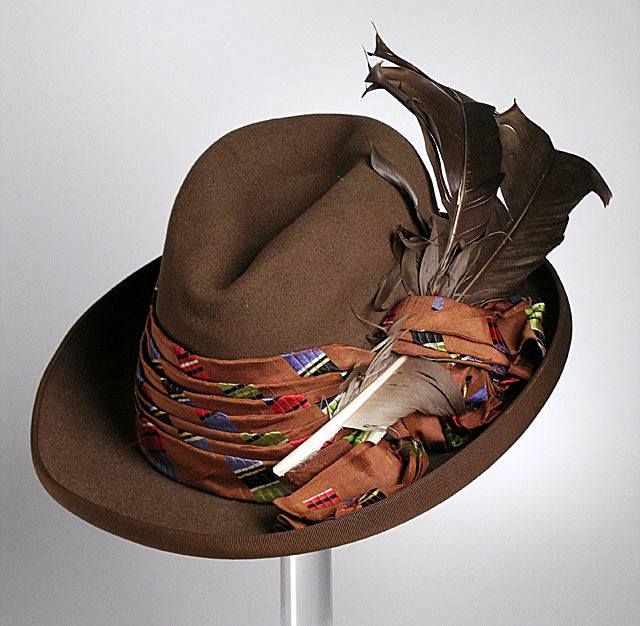
Fun fact: The fedora was originally a woman’s hat, popularized by cross-dressing actress, Sarah Bernhardt. It first appeared in 1882 as a female hat and soon became a popular fashion for women especially for women’s-rights activists.
Pictured above: a women’s fedora from 1901 at the The Los Angeles County Museum of Art.
More information on History of Hats.
5. Code Girls

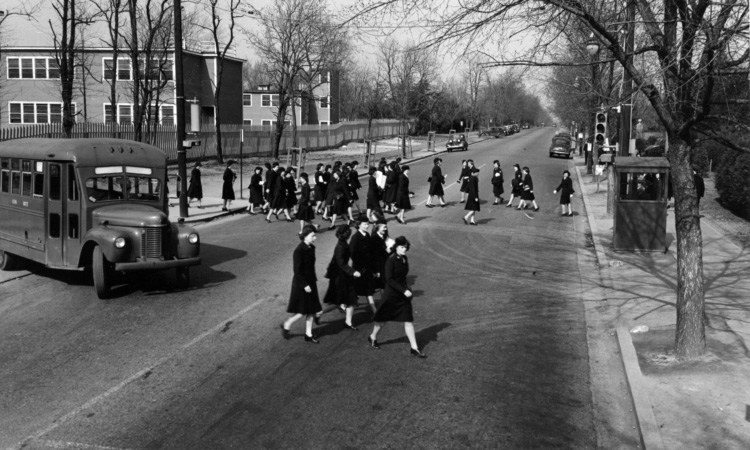
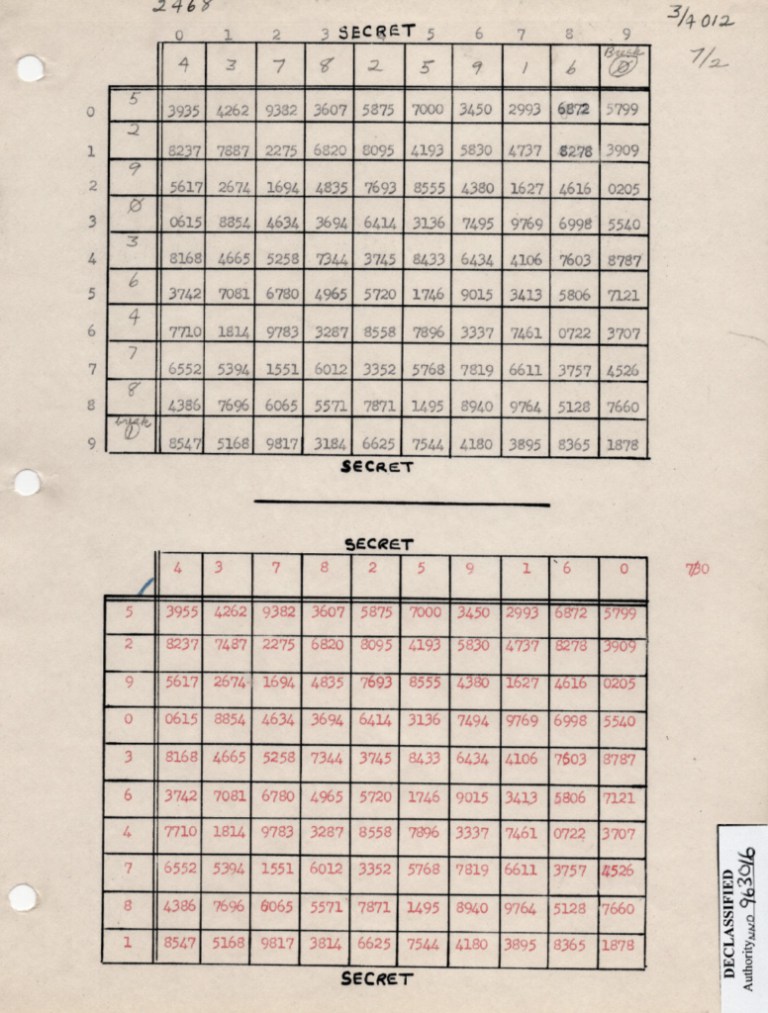
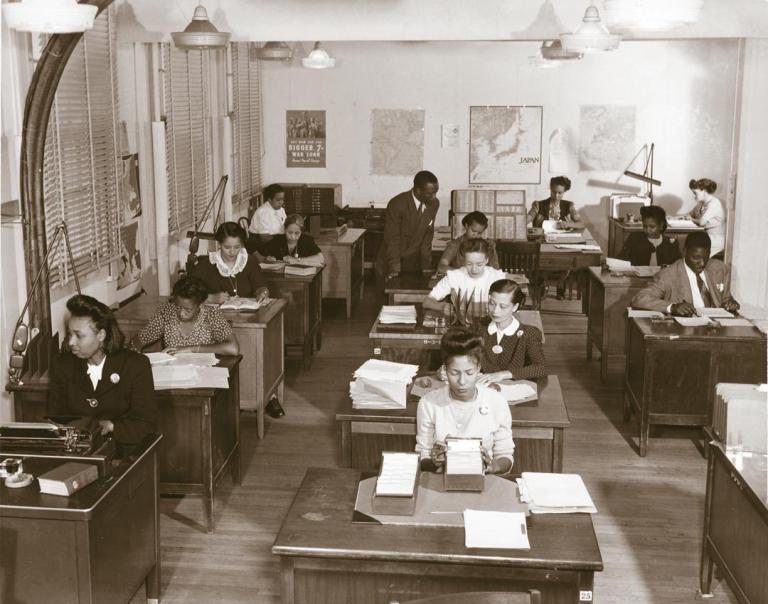
The Untold Story of the Women Cryptographers Who Fought WWII at the Intersection of Language and Mathematics.
Found on Brain Pickings.
6. That time the Chicago Sun-Times bought a bar in 1977 and ran it with undercover reporters to investigate Corruption
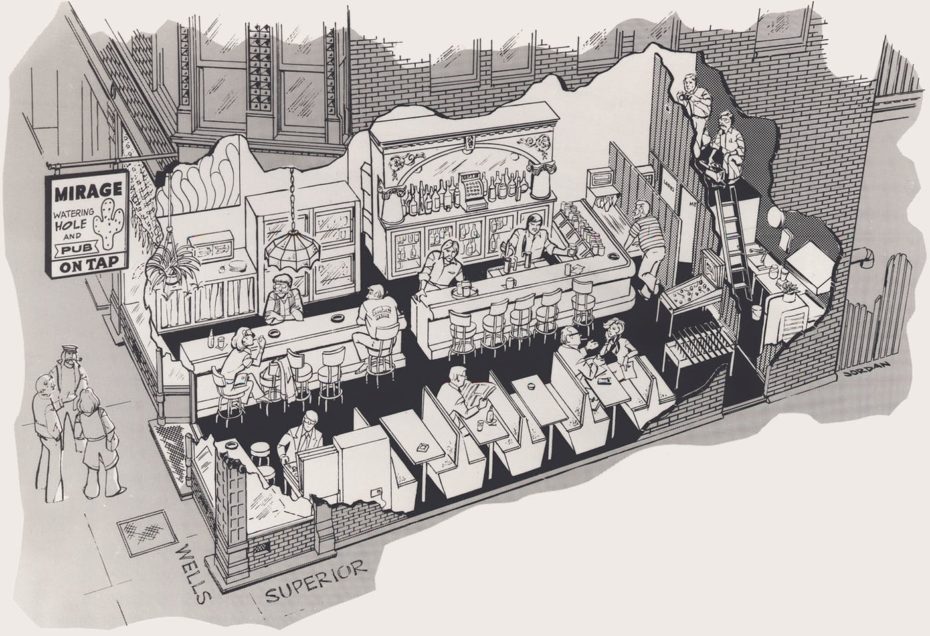

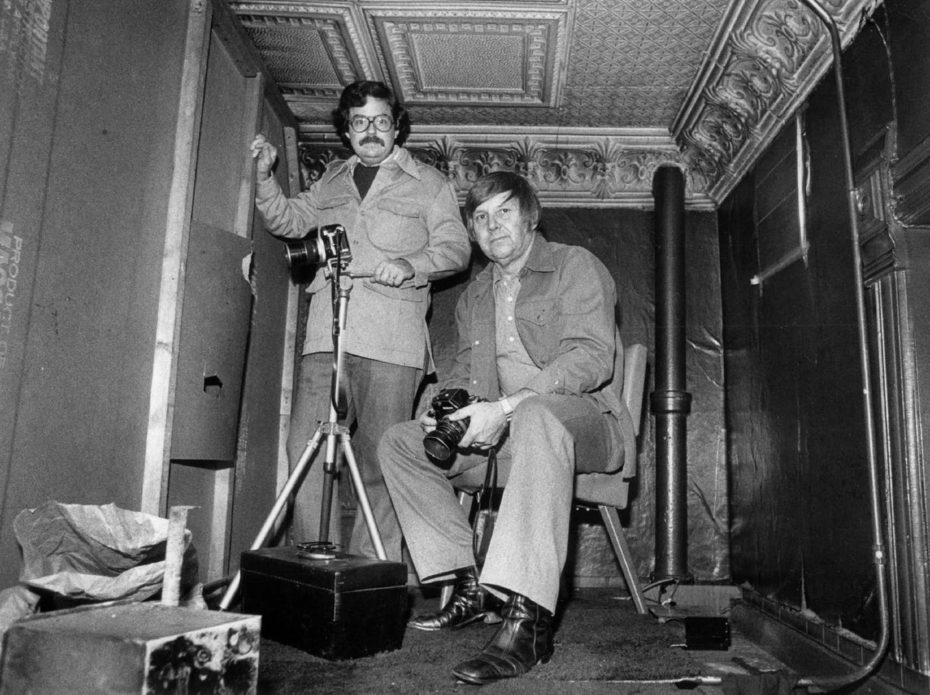
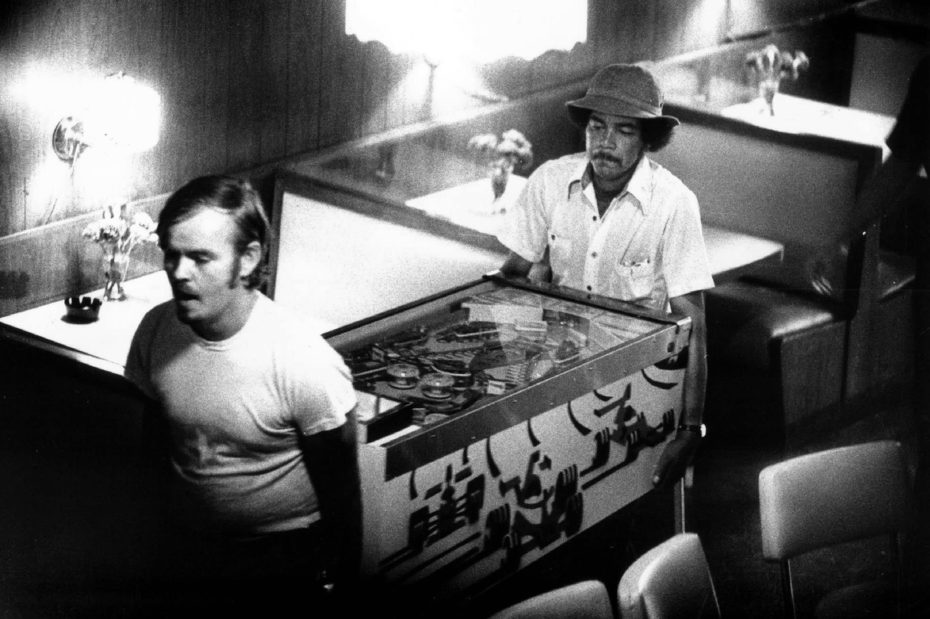
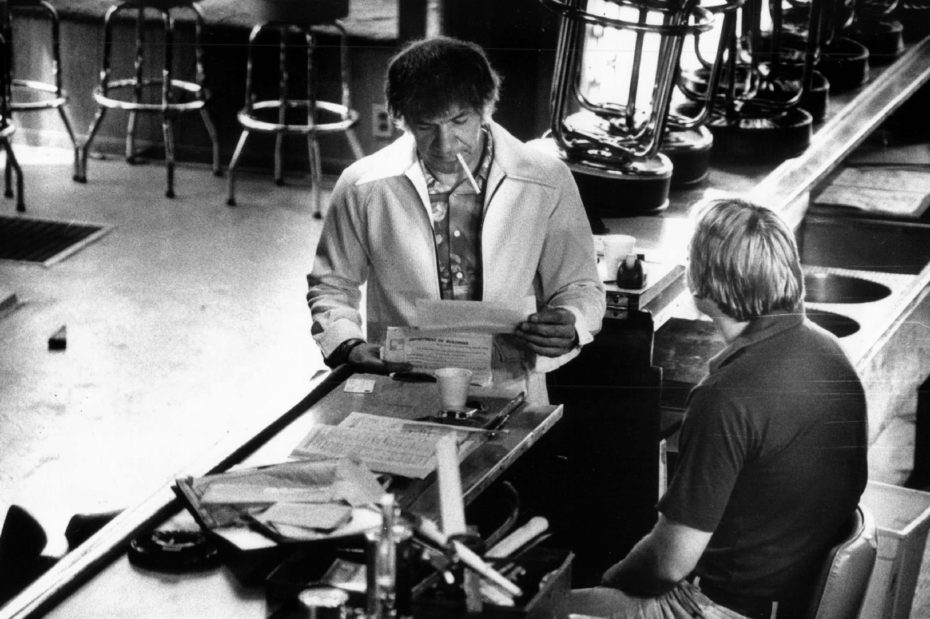
A Chicago inspector in the bar. It turned out to be incredibly easy to catch city officials taking bribes.
Read the full article on The Topic.
7. The Secret Service has a massive “ink library” housing every kind of ink that from the past century
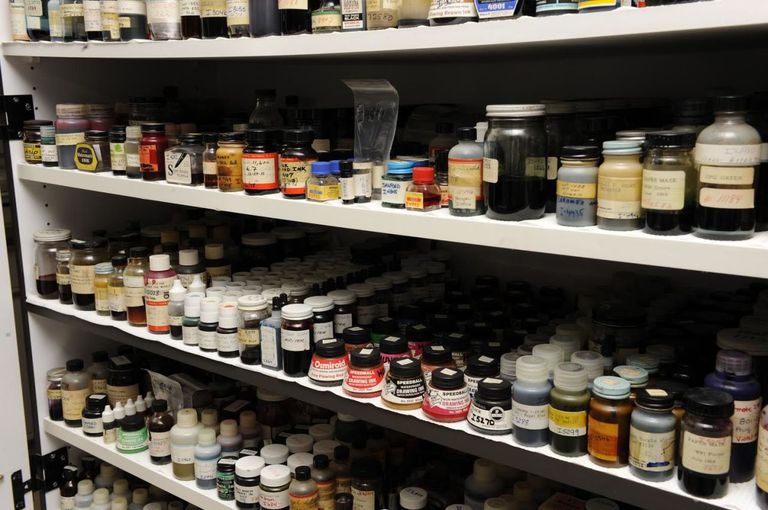
Why? To catch forged documents. More found on Popular Mechanics.
8. How to Walk Out of the Louvre With a Masterpiece
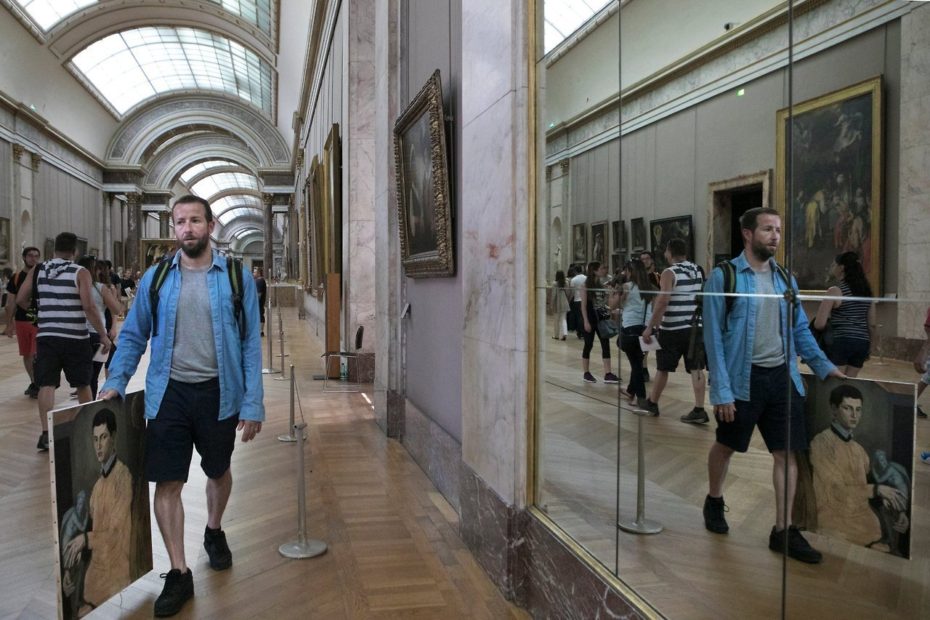
Louvre copyists, upholders of what Ivan Guilbert, a Parisian photojournalist, calls “a beautiful tradition” that dates to the French Revolution.
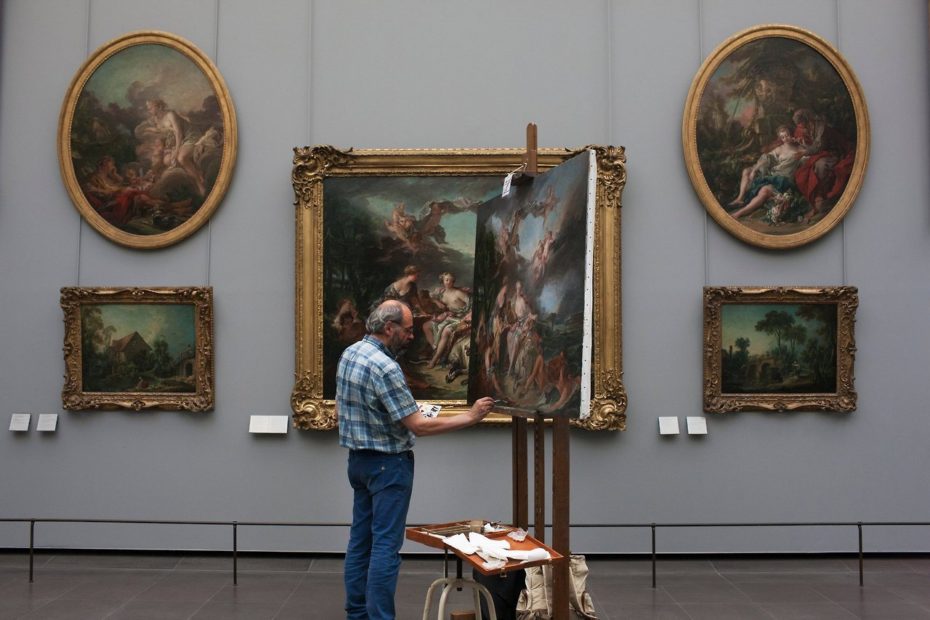
…One month after Marie Antoinette was beheaded, the revolutionary national assembly declared the Louvre Palace … open to the public…
Any professional, amateur or aspiring painter was invited to enter the museum, set up an easel … and have a go at copying a masterpiece… Among them … Paul Cézanne, Edgar Degas, Marc Chagall, Pablo Picasso and Salvador Dalí.
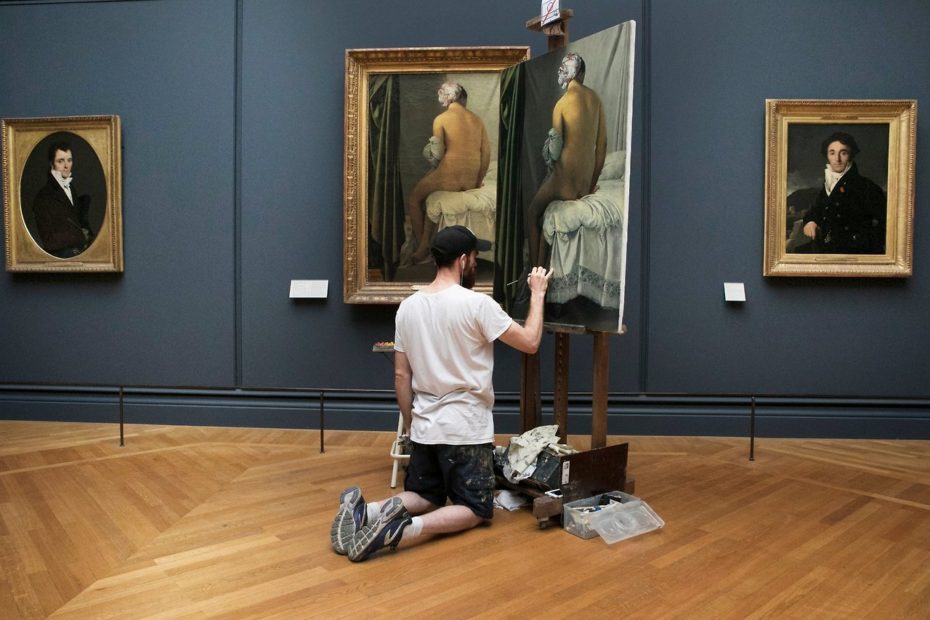
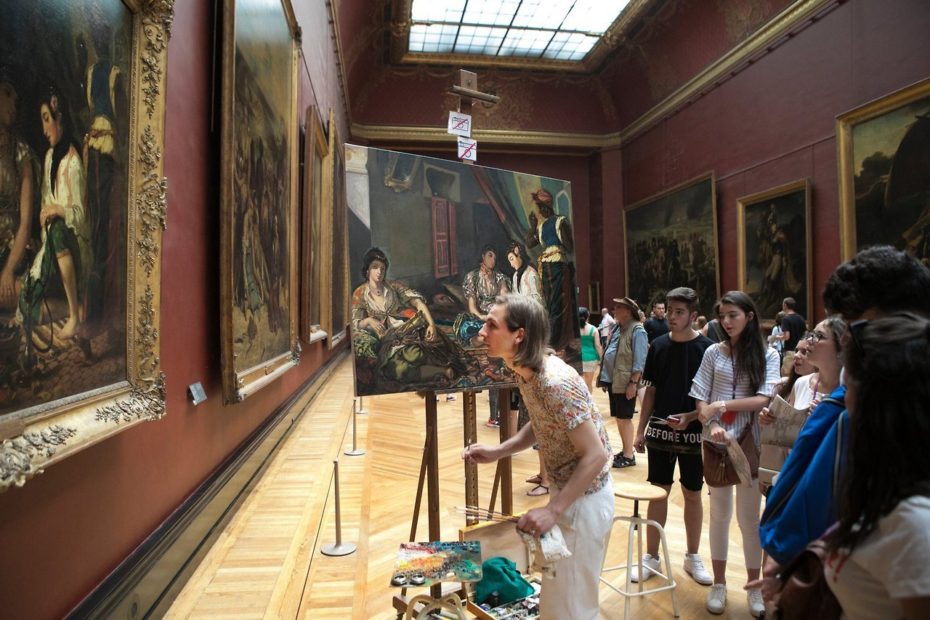
“It’s like a free school,” says Mr. Guilbert.
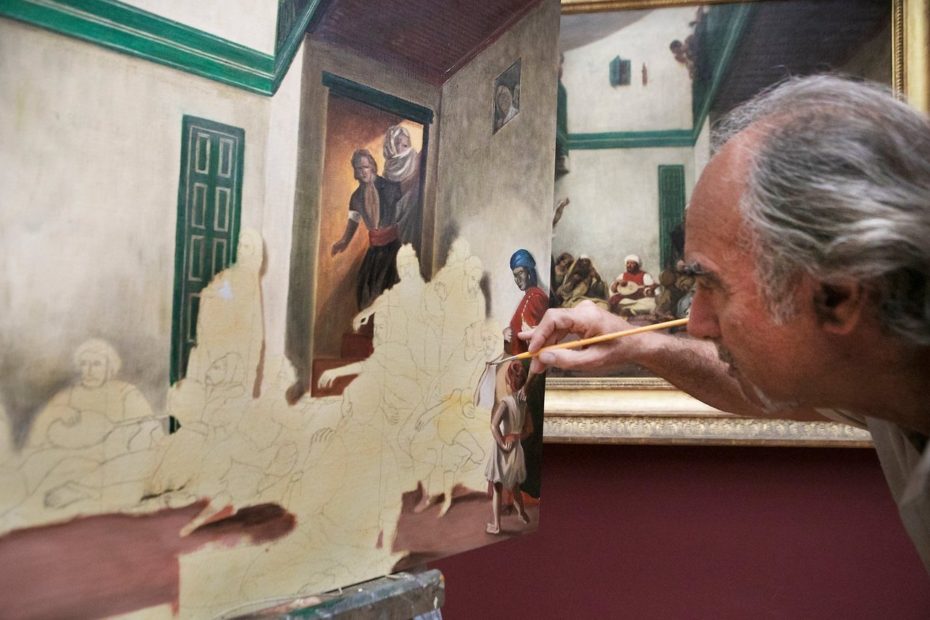
Though the Louvre, unlike other leading museums, does not charge copyists for the privilege, applicants can wait up to two years for one of the 250 permits the museum issues annually. Valid for three months, it allows them to work in the museum’s galleries from 9:30 a.m. to 1:30 p.m. most days, except Sundays and holidays, from September through June.
Full article on the New York Times, photographs of the copyists by Ivan Guilbert.
9. Salvador Dali Explains Why He Once Rode In A Rolls-Royce Filled With Cauliflowers
10. Little Shops

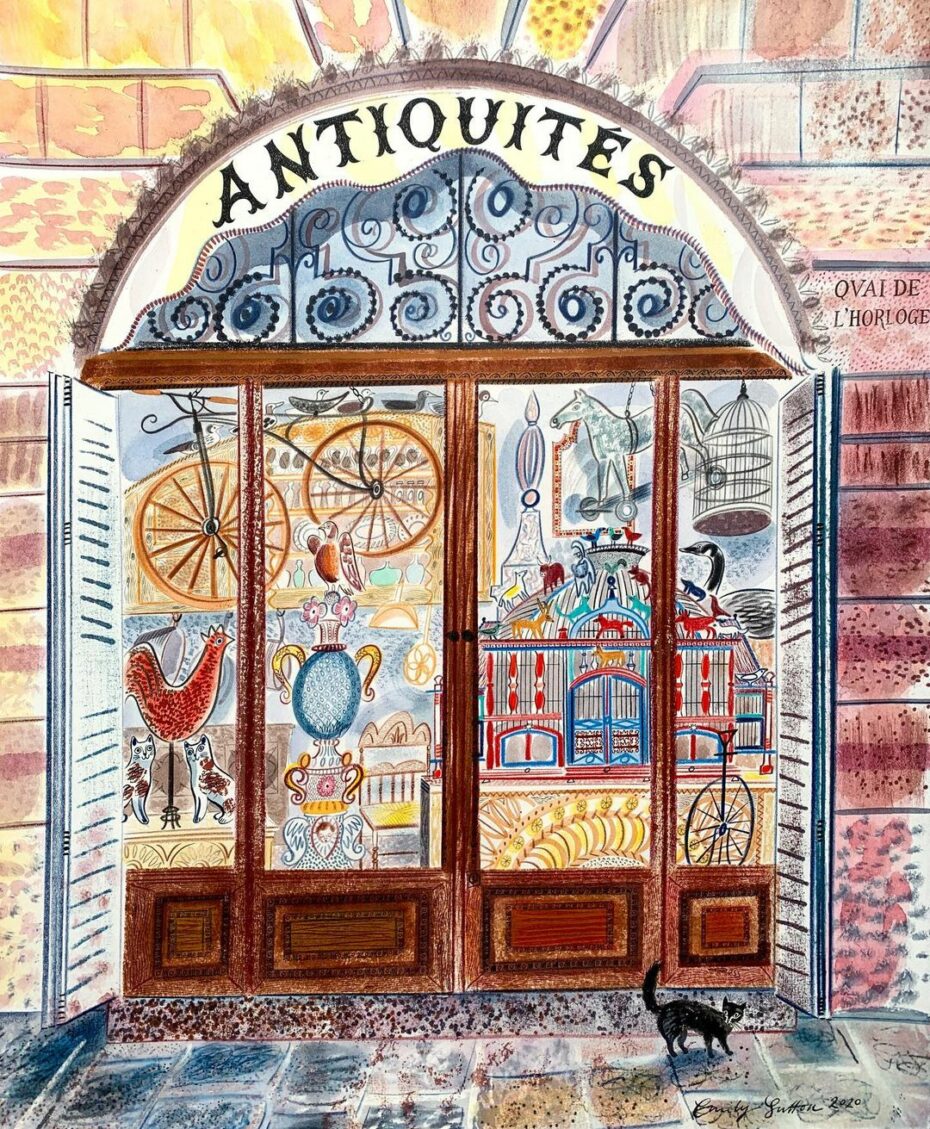


By Emily Sutton (prints available).
11. Gay Bob, the World’s First Gay Doll, circa 1978

From “Out of the Closet” Inc.
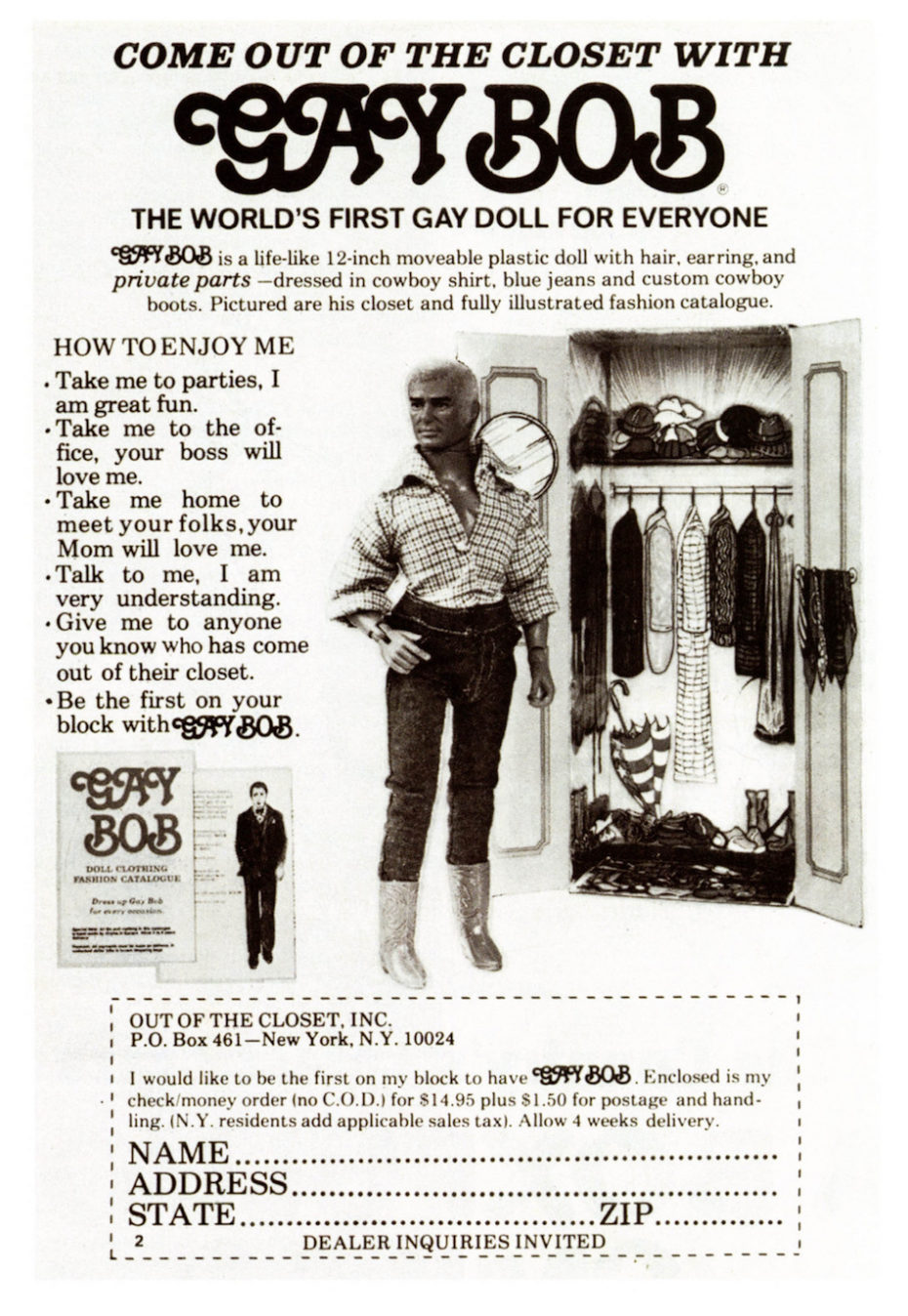
Found on Dangerous Minds.
12. French Cancan boots from the early 1900s
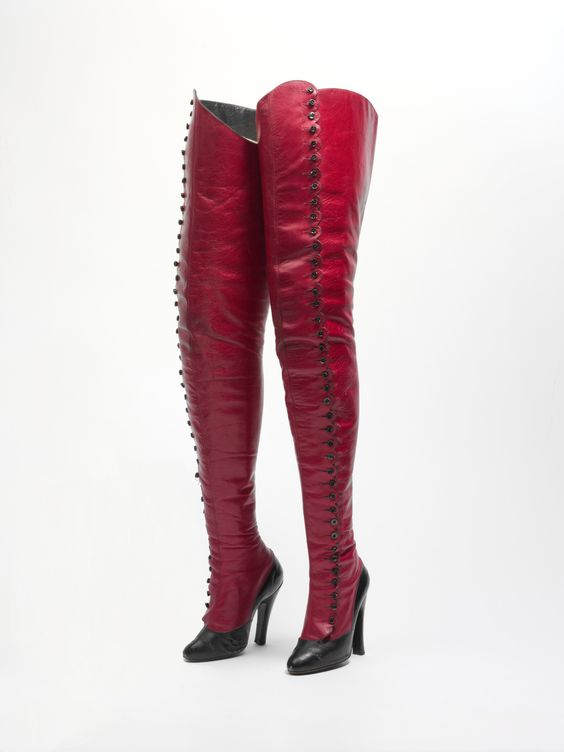
Found on the Metropolitan Museum’s collections (not on view).









